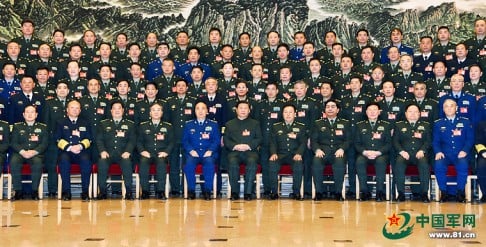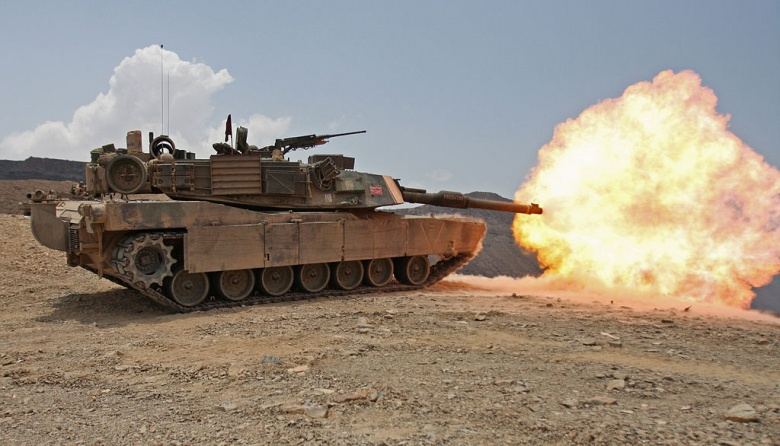China to drastically overhaul its People’s Liberation Army in 'ambitious' plan to build modern fighting force on par with West
President may use boost from Beijing parade to unveil revamp which would cut personnel and put army, navy and air force on equal footings
PUBLISHED : Tuesday, 01 September, 2015, 11:34pm
UPDATED : Wednesday, 02 September, 2015, 12:24pm
Minnie Chan
[email protected]

President Xi Jinping meets navy personnel in Sanya. PLA reform will boost the navy's role relative to the army's. Photo: Xinhua
China is close to unveiling a drastic plan to transform the world's largest army into a nimble, modern force on par with the best of the West.
President Xi Jinping, who is also the supreme commander of the People's Liberation Army, might ride the heightened morale following the grand military parade in Beijing on Thursday to announce the plan, sources and experts said.
The parade is being held to commemorate the 70th anniversary of the end of the second world war.
"Many people in the PLA expect to see some major announcements after the parade," Beijing-based naval expert Li Jie said. "Parades like this boost morale and patriotism. It will provide Xi a good opportunity to announce his ambitious plans on how to transform the PLA into a real modern army capable of winning wars."
For years, China's military leaders have been in intense discussions on how to change its Soviet-era organisational structure to a system adaptable enough to meet the ever-changing demands of modern warfare. The new structure will bring in more supervision and control to prevent corruption, which has demoralised the army and debilitated its fighting capability.
In fact, sources said Xi had deliberately weeded out the corrupt elements in the military before rolling out the reform plan, which the president hopes will fundamentally rejuvenate the PLA. Two former vice-chairmen of the Central Military Commission - Xu Caihou and Guo Boxiong - have been brought down on corruption charges over the past two years.
With them and their henchmen removed, Xi is now ready to implement his plan.
There are competing proposals on how to reform the PLA and it would take years to fully implement these recommendations. But the top leaders had reached a consensus on the general direction, sources said. In principle, the overall size of the PLA will be reduced with more emphasis on the navy and the air force. The traditional army-dominated structure will be changed to the Western model, in which the land, air and naval forces enjoy equal footing.
Among several proposals floated to the leadership, a "liberal" one calls for a total overhaul of the PLA command structure. It is not clear which proposal Xi has chosen. He might take some parts from each.
According to the proposal written by liberal military thinkers and obtained by the South China Morning Post - the overall size of the PLA and armed police would be cut from three million troops to two million. The seven military commands would be regrouped into four strategic zones. The ranks of the local commanders would be downgraded to cut their political influence.
Military experts who read the proposal described it as "the most radical and aggressive reform" in modern China's history.
"Among the top generals in the Central Military Commission, eight are from the army while just two are from the air force and the navy," a Shanghai-based retired senior colonel said. "This is the result of the traditional army-biased system. Almost all the opportunities for advancement are in the hands of the [seven] military commands."
The liberal proposal also calls for strengthening the power of the Ministry of National Defence - which at present is more like a figurehead. The department of politics, which oversees ideology and promotions, and the departments of logistics and armaments would be merged into the ministry. The People's Armed Police would be renamed the National Guard and focus on anti-terrorism, disaster relief and domestic security.
"It's a feasible proposal but it is very aggressive and will be challenging for the PLA to implement," a source close to the Guangzhou Military Command said.








